Dr. Dara N. Byrne: Leveraging Public Higher Education for the Common Good
Diverse: Issues in Higher Education
NOVEMBER 1, 2022
“Macaulay can provide an elite education — or a model that exemplifies the best of what higher ed has to offer — but without elitist recruitment or admissions processes,” says Byrne, who has been a faculty member at John Jay College of Criminal Justice (part of CUNY) since 2003. Upon completion of her Ph.D.

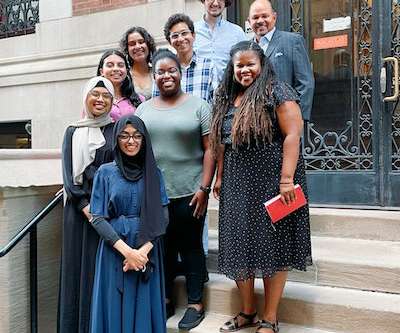
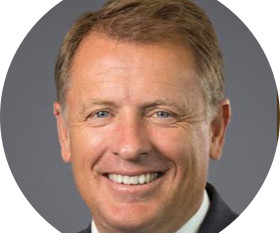
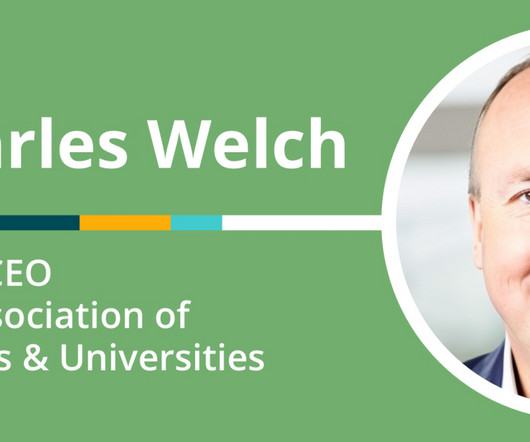
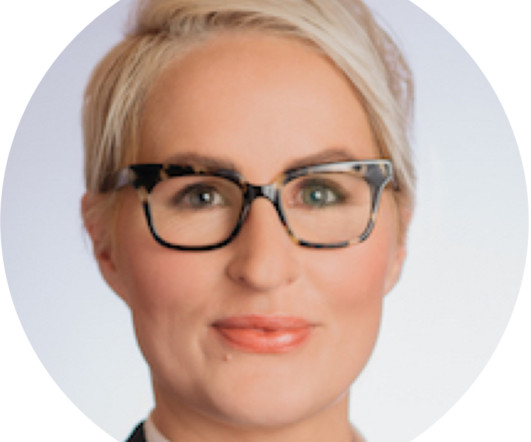
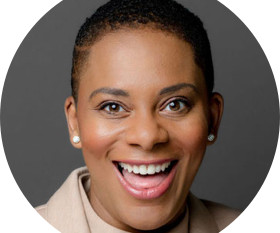






Let's personalize your content